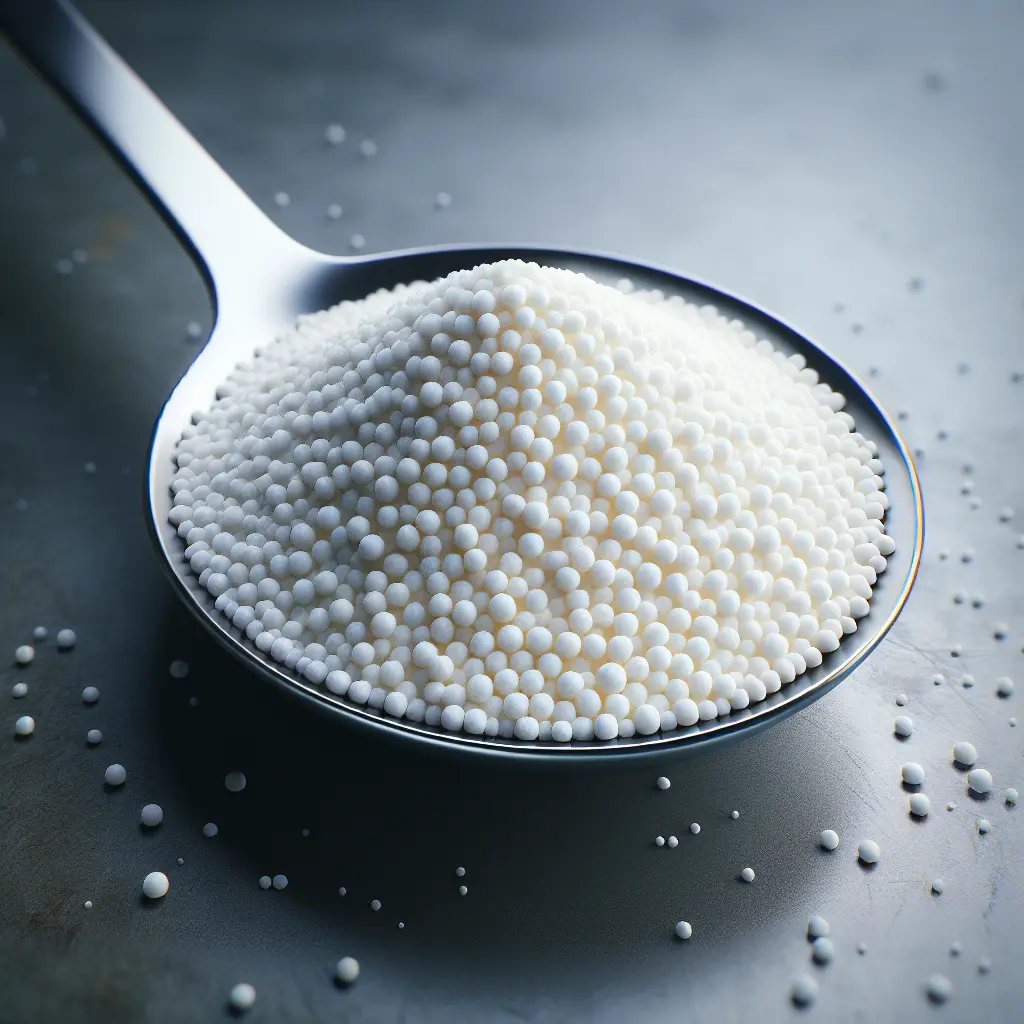Corn Starch: A Culinary Thickening Agent
Corn starch, derived from the endosperm of corn kernels, is a versatile carbohydrate commonly used as a thickening agent in cooking. Its fine, white powder form easily dissolves in liquids, creating a smooth and glossy texture when heated. Corn starch is essentially pure starch, composed of long chains of glucose molecules.
Nutritional Profile of Corn Starch
Corn starch, while high in carbohydrates, is low in calories and contains negligible amounts of protein, fat, fiber, and sugar. A single tablespoon serving provides approximately 30 calories, 7.3 grams of carbohydrates, and 0.1 grams of fiber. The lack of significant micronutrients makes corn starch primarily a source of energy rather than a nutrient-rich food.
Culinary Applications of Corn Starch
Corn starch finds its versatility in thickening sauces, soups, gravies, and even baked goods. It is commonly used as a substitute for flour in gluten-free recipes, offering a smooth and thick consistency without altering the flavor profile. Additionally, corn starch is employed in the production of confectioners' sugar and corn syrup, further showcasing its diverse culinary applications.
The Science of Corn Starch Thickening
The thickening power of corn starch lies in the gelatinization process. When heated in the presence of liquid, the starch granules absorb water, swell, and burst, releasing their starch molecules into the solution. These starch molecules form a network of hydrogen bonds, entangling with each other and creating a viscous, semi-solid structure that thickens the liquid. The amount of corn starch added and the temperature at which it is cooked determine the desired thickness.
Tips for Using Corn Starch
- Mix with Cold Liquid: To prevent clumping, always mix corn starch with a small amount of cold liquid before adding it to the hot liquid you want to thicken.
- Heat Gradually: Heat the mixture gradually while stirring constantly to ensure even gelatinization and prevent scorching.
- Don't Overcook: Once the mixture thickens, remove it from the heat promptly to avoid breaking down the starch molecules and thinning the sauce.
- Use as a Substitute: Corn starch can effectively replace flour as a thickening agent in gluten-free recipes or when a neutral flavor is desired.
Conclusion
Corn starch, with its thickening capabilities and culinary versatility, is an indispensable ingredient in kitchens worldwide. Understanding its nutritional profile, culinary applications, and the science behind its thickening properties empowers home cooks and culinary professionals alike to create delectable dishes with confidence. Whether thickening a velvety sauce, crafting a gluten-free masterpiece, or experimenting with diverse culinary creations, corn starch remains a valuable tool, ready to elevate dishes to new heights of flavor and texture.
How many calories are in Corn Starch?
Each 1 tbsp of Corn Starch contains 30 calories.
Corn Starch Nutritional Information
| Nutrient | Amount per 1 tbsp (8g) |
|---|---|
| Calories | 30 Calories |
| Protein | 0g |
| Fat | 0g |
| Saturated Fat | 0g |
| Cholesterol | 0mg |
| Carbohydrates | 7.3g |
| Dietary Fiber | 0.1g |
| Sugar | 0g |
| Sodium | 0.0007mg |
| Potassium | 0.0002mg |
| Calcium | 0.0002mg |
| Iron | 0mg |
